 Advent is one of my most favourite times of the year. It’s that seemingly magical time of the year where we anticipate Christmas—yes, time with family and a nice meal, but also the birth of Jesus Christ. God comes to be with us! Emmanuel! We celebrate this by putting up nativity scenes and going to Mass, hearing the story of Christmas, imagining the baby in the manger, the magi and shepherds and animals coming from a far to see the newborn king… But Advent is before all this happened. The shepherds went about their shepherding. The magi were in their palaces. The world went about its business. Few knew the coming of the saviour was imminent.
Advent is one of my most favourite times of the year. It’s that seemingly magical time of the year where we anticipate Christmas—yes, time with family and a nice meal, but also the birth of Jesus Christ. God comes to be with us! Emmanuel! We celebrate this by putting up nativity scenes and going to Mass, hearing the story of Christmas, imagining the baby in the manger, the magi and shepherds and animals coming from a far to see the newborn king… But Advent is before all this happened. The shepherds went about their shepherding. The magi were in their palaces. The world went about its business. Few knew the coming of the saviour was imminent.
As 21st century Christians we look through the lens of history having already happened. We approach Advent in a way that already knows the next chapter of the story. As such, we can tend to romanticise the Advent story where prophets of old seem to clearly point the way to the future Jesus, where all the pieces seem to fit together perfectly, and where Mary and Joseph know the significance of the God-child in Mary’s womb. But the Incarnation hasn’t happened yet. After all, it’s not Christmas. Or has it?
Jesus’ Beginnings
About nine months ago we celebrated the Annunciation when the angel Gabriel announced to Mary that she would conceive God’s son. It was at the moment of conception—beginning with just two cells—that Jesus became incarnate. I don’t think we often think much about Mary’s pregnancy during Advent. Louis Savary in his book The New Spiritual Exercises offers a meditation on Mary’s pregnancy, which pulls from the incarnational spirituality of Pierre Teilhard de Chardin. It may be a bit clinical sounding but imagine the work God’s doing within Mary’s womb, and what Mary might be feeling…
During the nine-month period of gestation in Mary’s womb, a series of changes transformed that single fertilized cell into a complex organism made of trillions of cells – to become the human being we know as Jesus of Nazareth.
During the first weeks in Mary’s womb, Jesus’ nervous system, brain, digestive system, ears, and arms begin to form. At twenty-one days, perhaps on her way to Elizabeth’s, his heart takes shape and begins to beat. It is the first beating of the Sacred Heart of Jesus.
During the second month, while she and Elizabeth are waiting for John’s birth, Jesus’ nostrils, eyelids, nose, fingers, legs, feet, toes, testes, and bones begin to form; his head is as large as his body; his cardiovascular system is fully functional, yet Jesus’ body is less than one inch long. It is hard to imagine that Jesus was, at one time, barely one inch long.
During the third month, Jesus’ head is still dominant, but his body is lengthening, about 1.5 inches long. Growth of chin and other facial structures give him a human face and profile.
During the period shortly after Elizabeth has given birth to her son John, and throughout Mary’s fourth month, Jesus in Mary’s womb begins blinking his eyes and sucking his lips; his body begins to outgrow his head; Mary can put her hands on her stomach and feel Jesus’ movements for the first time.
 When my wife and I were expecting, we would be snapping photos of Sarah’s growing baby bump, we’d talk about the joys and anticipation, the feeling of movement, and the discomforts. This is likely the story of many parents. They might be preparing the baby’s bedroom, reading parenting books, asking other couples what to expect, and even imaging what might become of their child.
When my wife and I were expecting, we would be snapping photos of Sarah’s growing baby bump, we’d talk about the joys and anticipation, the feeling of movement, and the discomforts. This is likely the story of many parents. They might be preparing the baby’s bedroom, reading parenting books, asking other couples what to expect, and even imaging what might become of their child.
The Unknown Child
I now get to see that unfold with my 11 month old daughter. But back then, I asked myself what my future child might be like. What will she inherit from me and my wife? Jesus was part of the Davidic line, through Joseph. It was a paternity with monarchs of great faith, yet great brokenness. King David committed adultery with Bathsheba and Solomon’s rule had its own corruption. There’s little doubt Joseph had this on his mind as he pondered the future of his unborn child, one he never even biologically fathered… Imagine the turmoil in his spirit during his time of Advent waiting. Joseph had to have great trust in God, that this unknown child in his wife’s womb would not be the kind of king his great grandfathers were…
Mary’s own fears were probably not too far off. As a women, she inherited the baggage of her husband’s paternal line. Besides, she herself was far from royalty. She and her husband were originally from an unknown town, and Mary was nearly publicly shamed by the unexpected pregnancy. When she made her Visitation to her cousin Elizabeth, the scripture says she went in haste. Some scholars say the translation of “haste” alludes to a going in fear or worry or anxiety. Can we blame her? Never in Jewish history was there a virgin birth. Miraculous ones—ones in old age—yes, but not virgin. Mary had no scriptures or history to turn to to offer her comfort. Her pondering may have been of awe, but it might not have always been peaceful. Great trust in God was required for Mary, especially during her own Advent waiting…
Leaving Room for Doubt
Trust and faith are often mistakenly interchanged, and faith is frequently defined as blind trust. But faith is much more complex than that. Faith is about our relationship with God and one another. It’s influenced by our tradition and religion and historical narratives. But most importantly, faith must allow us to develop revelatory insight, that is, grace from God. It should push us to keep seeking for truth.
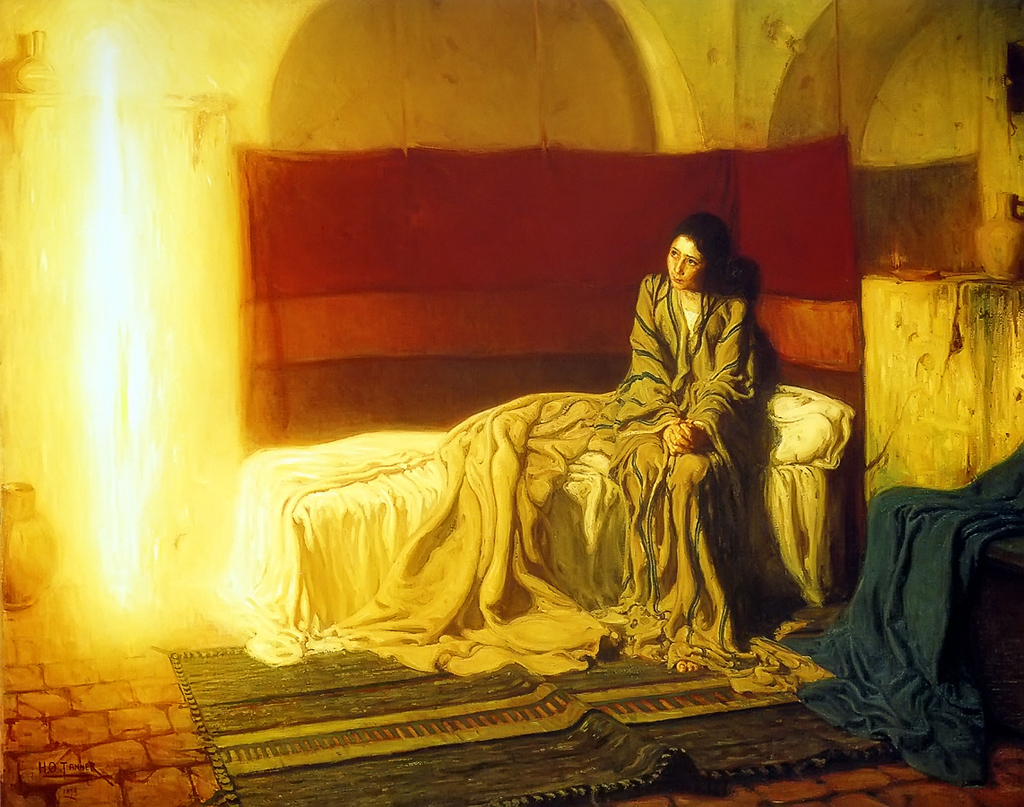 For Mary and Joseph, their faith was made up of their Jewish practices, their prayer together, their family history, and what the angel told each of them about their future child. And since a healthy faith is not blind trust, it leaves room for doubt and questioning. “How can this be?” Mary said to the angel… Her question follows the pattern of many annunciation stories in the Bible. The recipient of the news says, “Wait, what?” Not because they don’t trust God, but because faith pushes us to seek truth. After Mary asks her question the angel tells her more about God and her future child: “The Holy Spirit will come on you, and God’s power will rest upon you. For this reason the holy child will be called the Son of God.”
For Mary and Joseph, their faith was made up of their Jewish practices, their prayer together, their family history, and what the angel told each of them about their future child. And since a healthy faith is not blind trust, it leaves room for doubt and questioning. “How can this be?” Mary said to the angel… Her question follows the pattern of many annunciation stories in the Bible. The recipient of the news says, “Wait, what?” Not because they don’t trust God, but because faith pushes us to seek truth. After Mary asks her question the angel tells her more about God and her future child: “The Holy Spirit will come on you, and God’s power will rest upon you. For this reason the holy child will be called the Son of God.”
Mary and Joseph’s faith required not only trust that God would make good out of seemingly imperfect circumstances (the scandal of pregnancy not by Mary’s husband, the imperfection of Joseph’s line) but that any qualms they had would be put to rest.
Joy and Hope
But despite the fears the holy couple may have had as their family expanded from two to three, I’m certain they were filled with joy. Mary’s exchange with Elizabeth is absolutely the kind of excited conversation joyful mothers would have. “My heart praises the Lord,” Mary says. “My soul is glad because of God my Savior, for he has remembered me, his lowly servant! From now on all people will call me happy…” Great joy.
This Advent and Christmas we become part of Mary and Joseph’s extended family. We join them in their excitement and anticipation as well as their anxiety and worry. Their family history becomes ours and what they bring to the baby Jesus, we bring as well. Like any family that’s expecting, much preparation is in order. Family members may be buying and wrapping gifts for the new child, sending letters or cards to the expecting parents, making travel arrangements to visit and even share a meal with them. Sound familiar? Perhaps the busyness of the Advent season, even the sending of cards, and the shopping, and the travelling, can become a meditation of sorts… a meditation on the original Advent story, filled with its own anxieties and joys, all preparing for the birth of Jesus. I think, like Mary and Joseph, we look to Christmas day with great hope. As Jesus comes to reconcile our world, perhaps we seek to reconcile with family. As Jesus comes to dwell with those he loves, we go to dwell with those we love. We see Christ’s coming as the beginning of the coming of God’s kingdom, one with lots of hope and redemption.
In Advent we hear readings that speak of this perfected future when the wolf and lamb are friends and a child will not be harmed by a snake, the eyes of the blind will be opened and the mute will sing. This is why Advent is a season of hope. God’s faithfulness was shown through a simple couple from a town called Nazareth. And as we approach the baby’s due date, great hope is placed in this yet-to-be-born Son of God. Mary and Joseph’s hopes and dreams and fantasies for their child are also our own. We long for the day all will be made right. The Advent story mirrors this longing. And the Advent story of trust, faith, and hope, with its questioning, doubts, joys, and excitement, becomes part of our own story: God is coming to dwell with our family.
Go deeper into Advent:
- Imagine Advent – Enter imaginatively into traditional Advent scripture with audio meditations
- Discerning Advent – Learn about Ignatian discernment in the light of the Incarnation
To celebrate Advent get 20% off your order at IgnatianResources.com. Use the promo code ADVENT18 at checkout. This is only good through 31 December 2017.
Listen to the podcast version of this post…




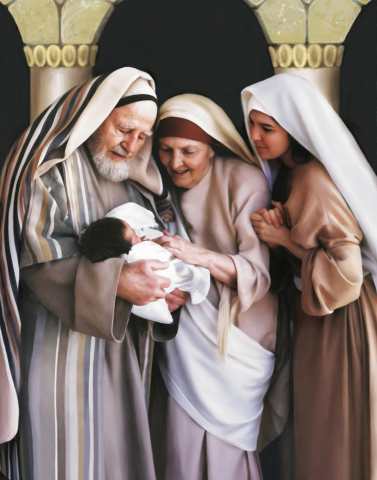
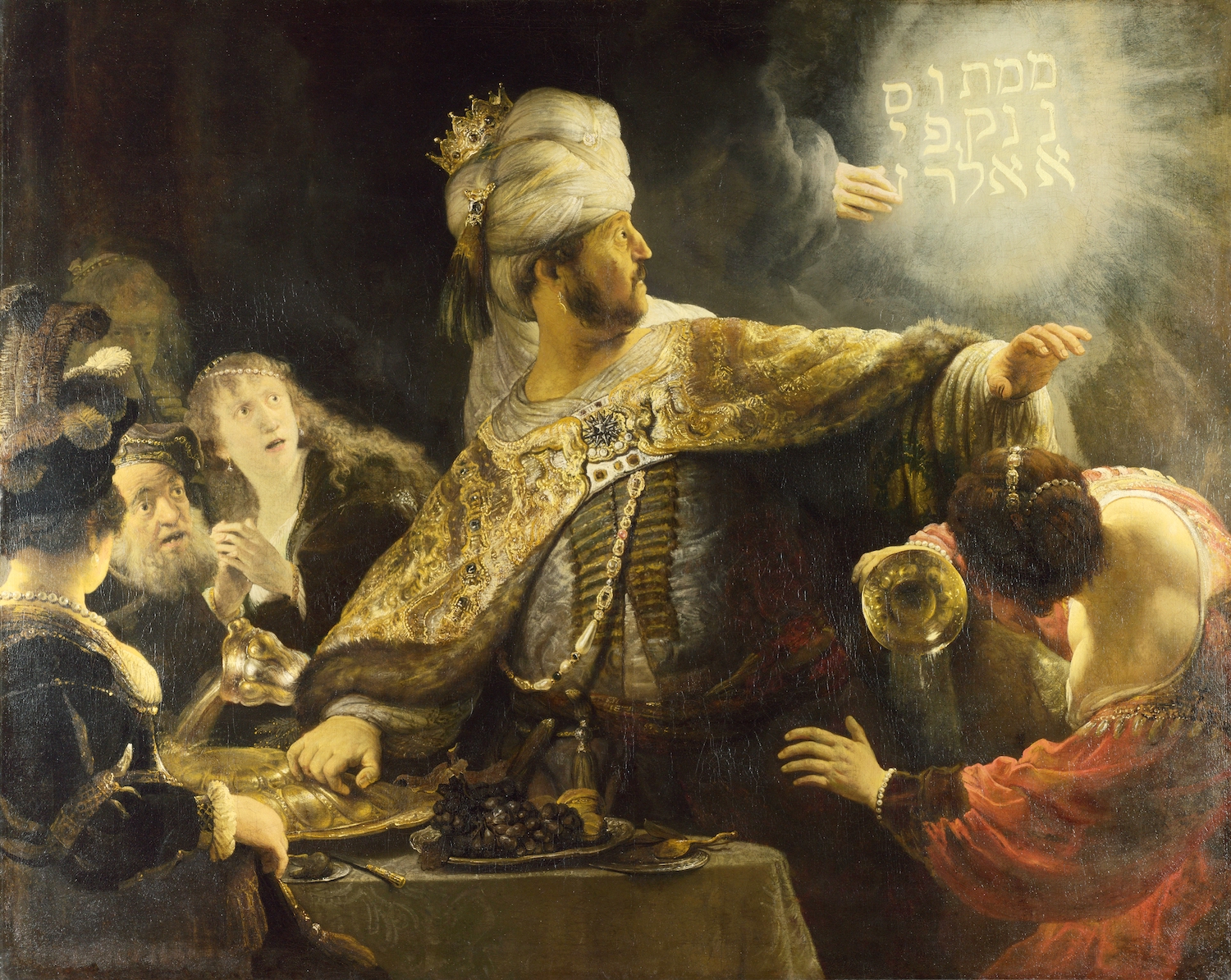
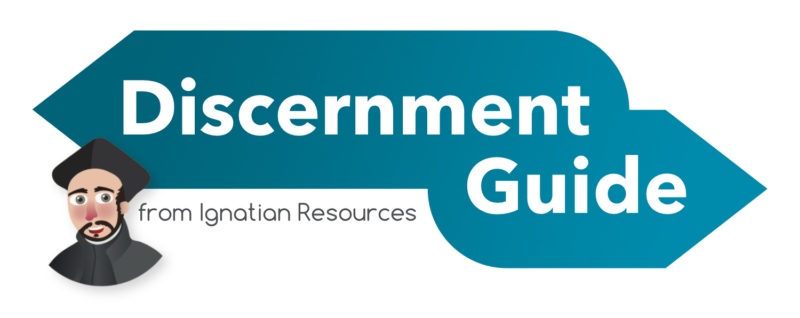
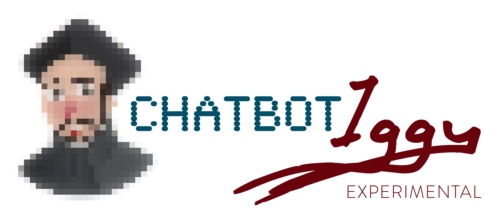
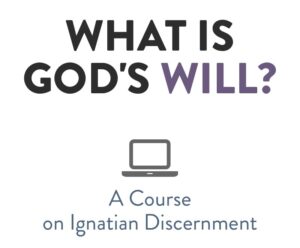
I like it very much. I tried to order “Imagine Advent.” but I don’t think the order went through. We just had a storm, and perhaps that’s the reason. Anyway, let me know if it did come to you.
You packed a lot in this; very nice!
Just lovely. I always think of the very young woman Mary was and how difficult it would be for a high school girl to have faith and trust that angel. She, in that alone, is a super hero. Faith is her super power!